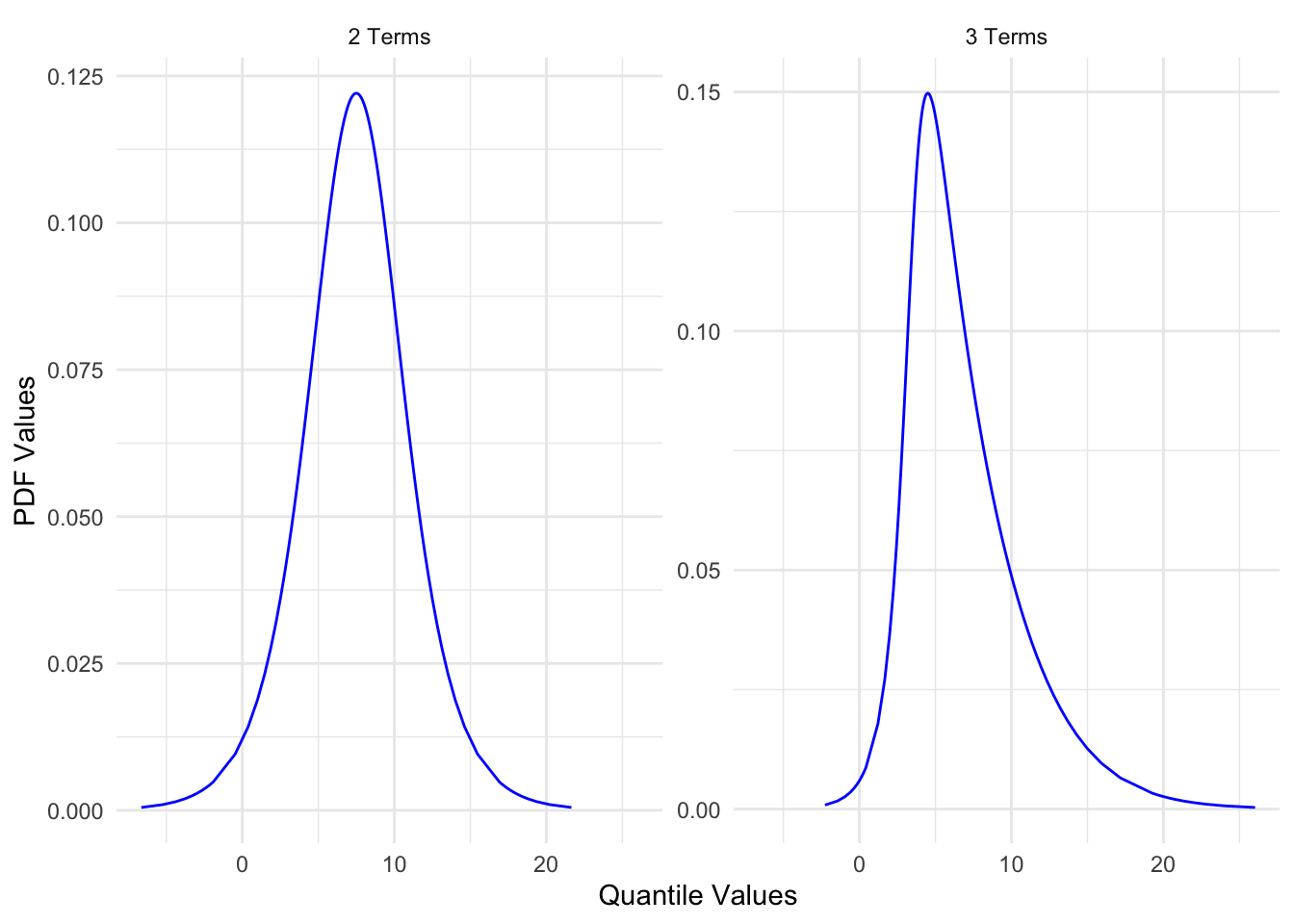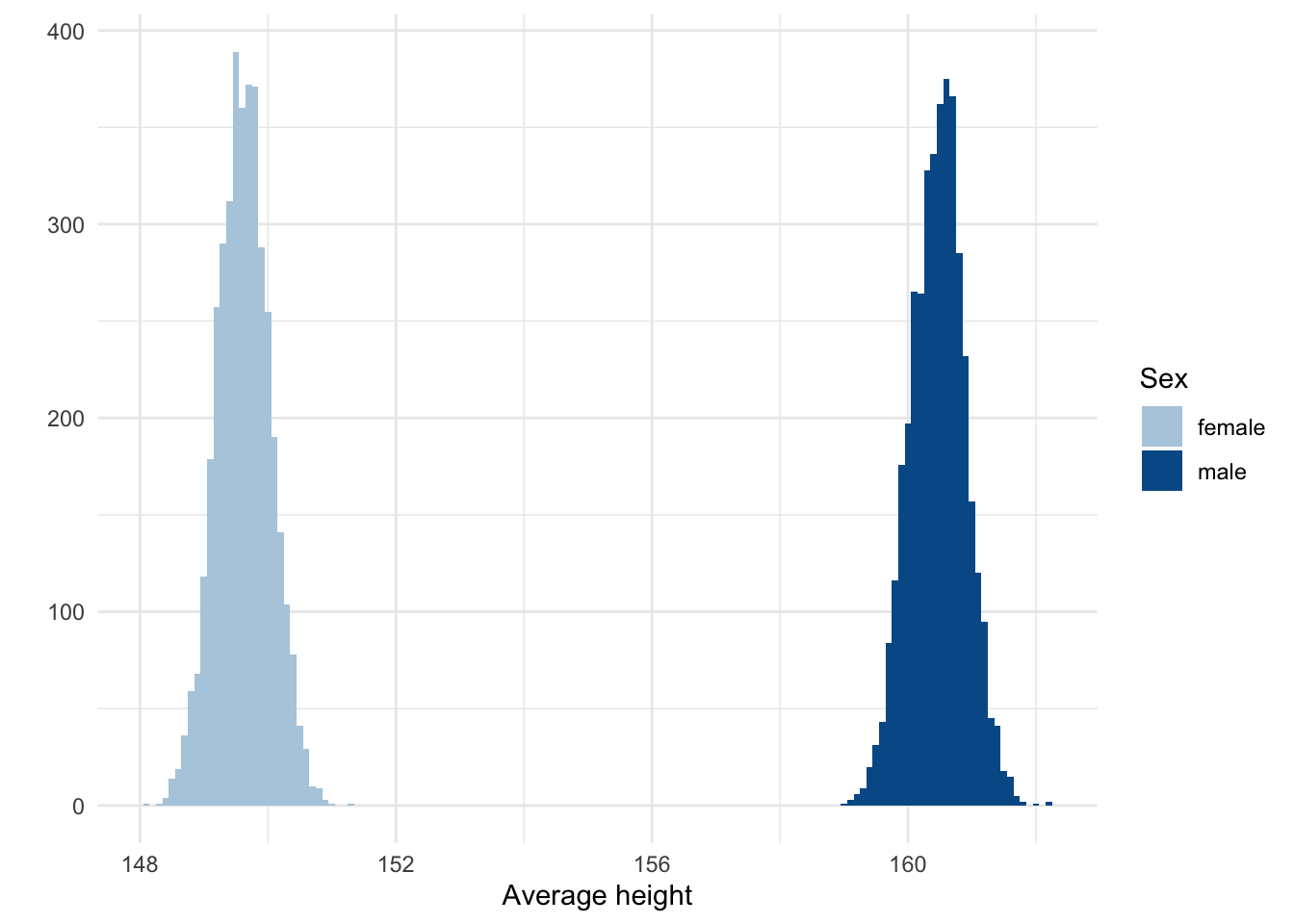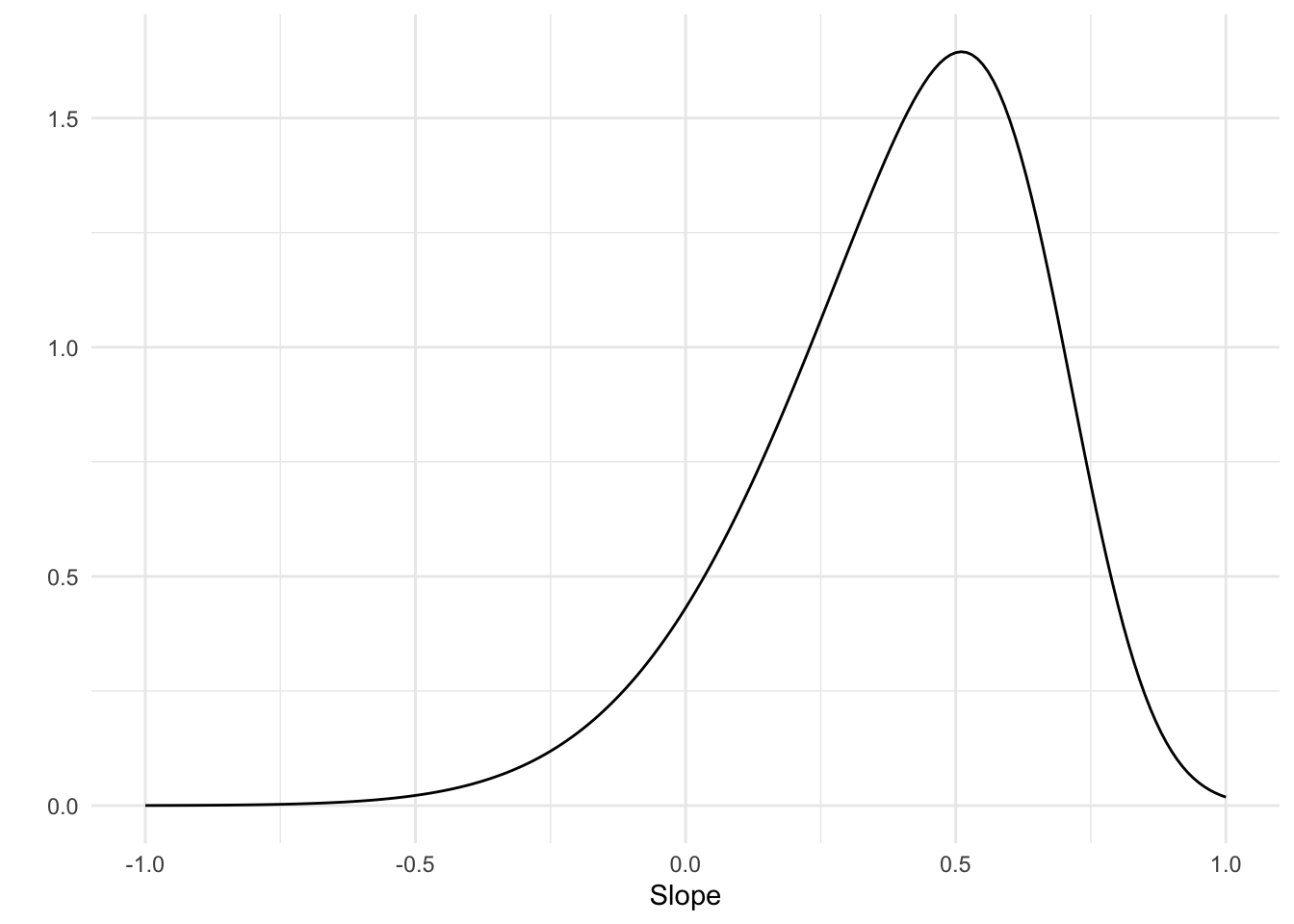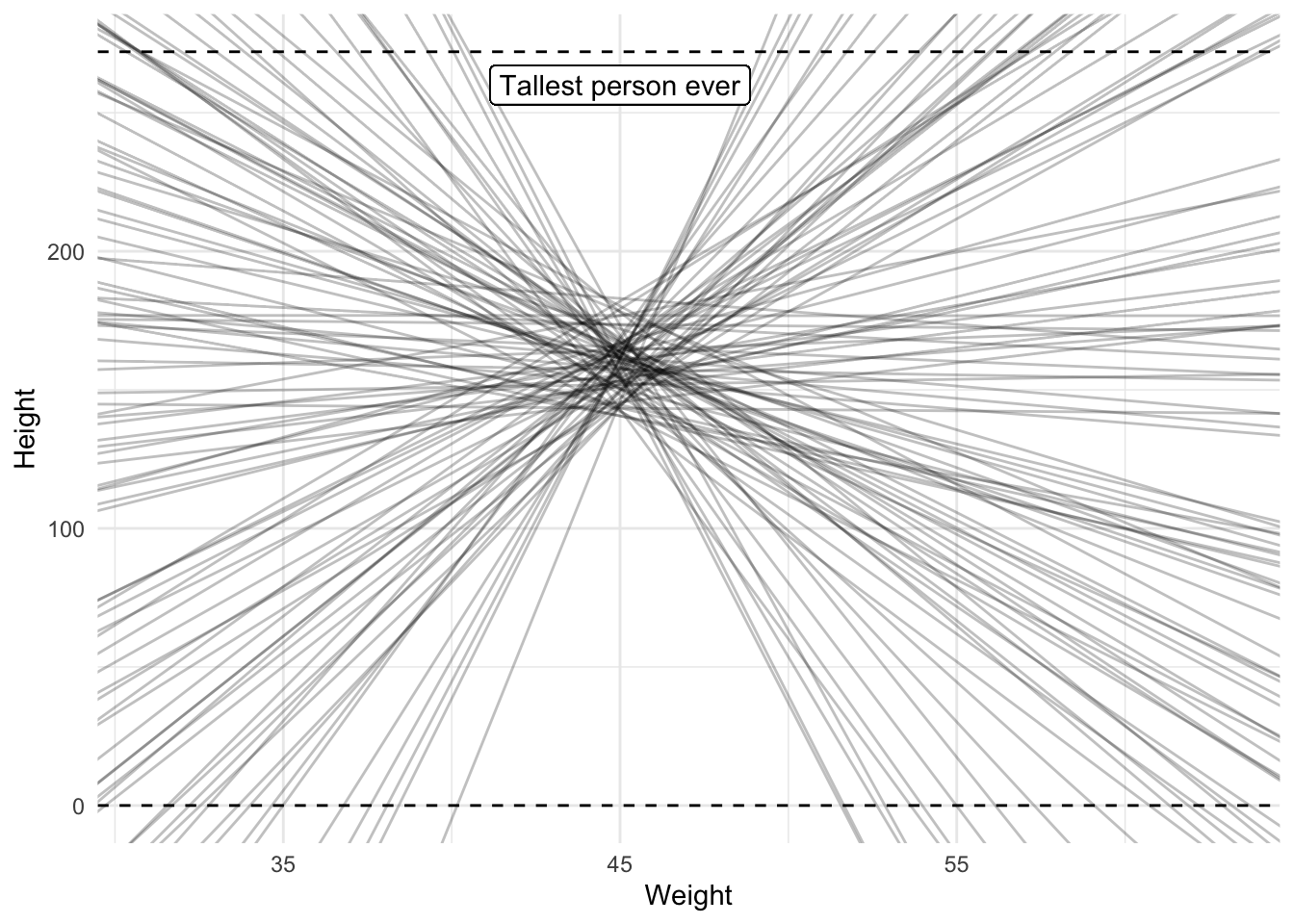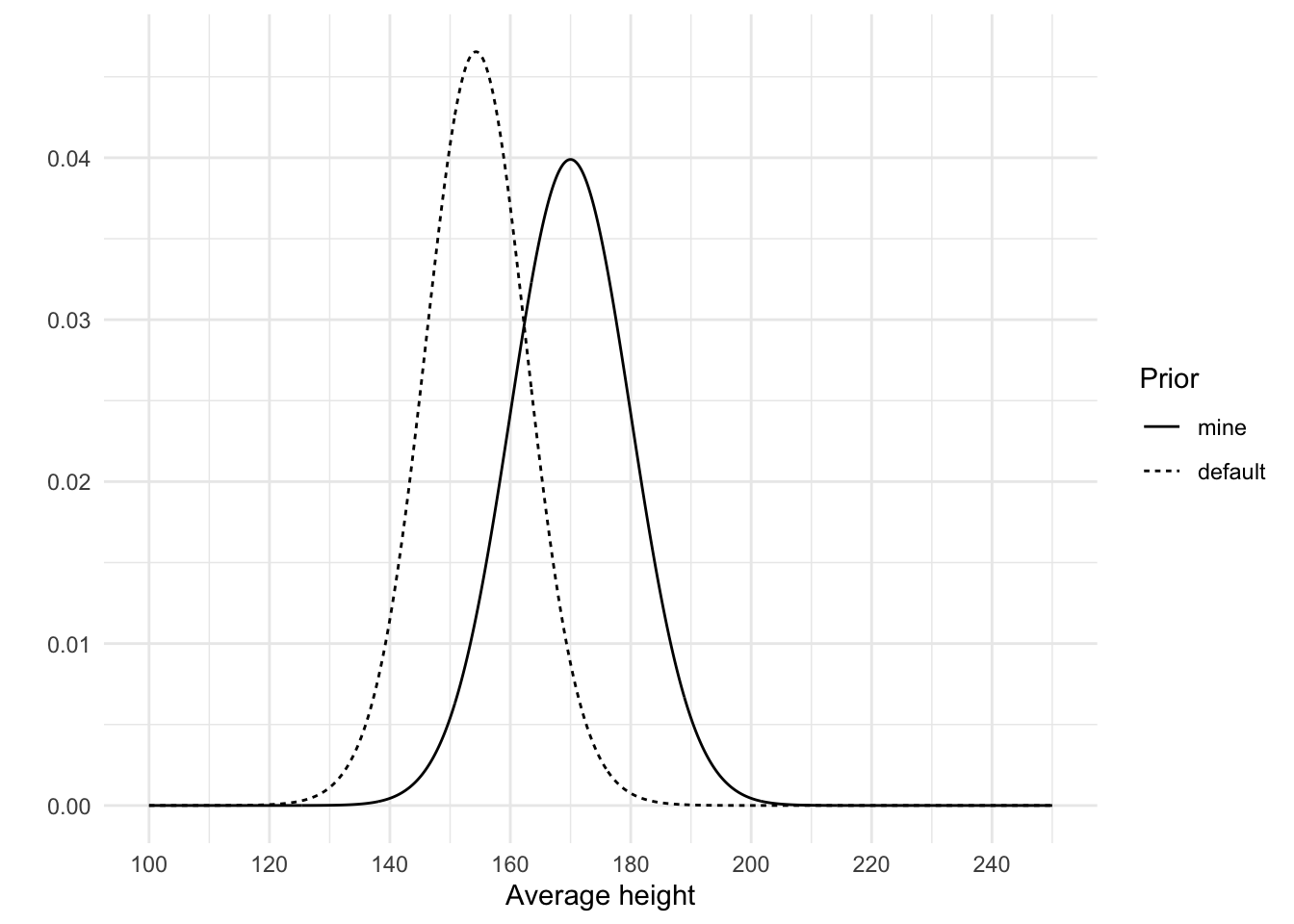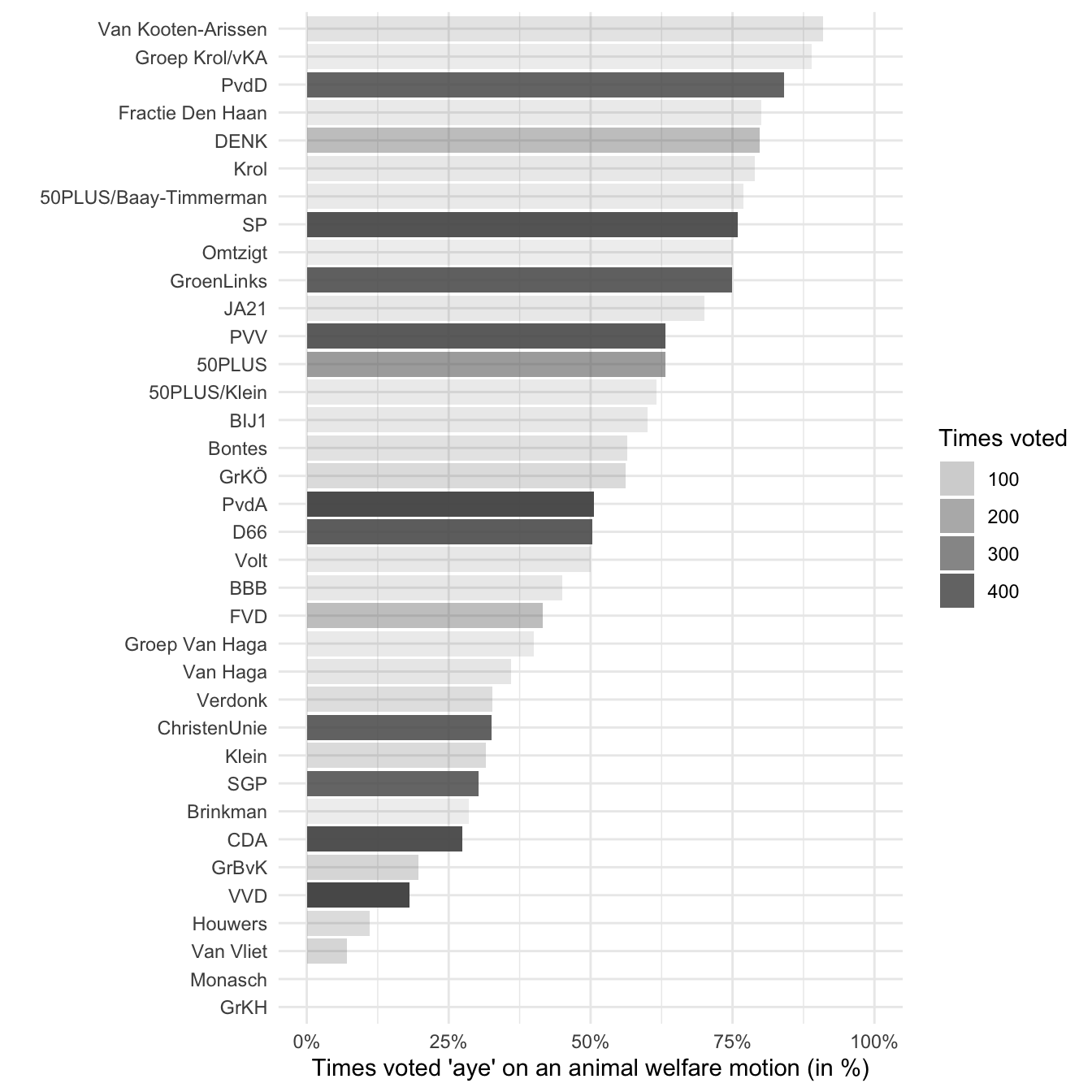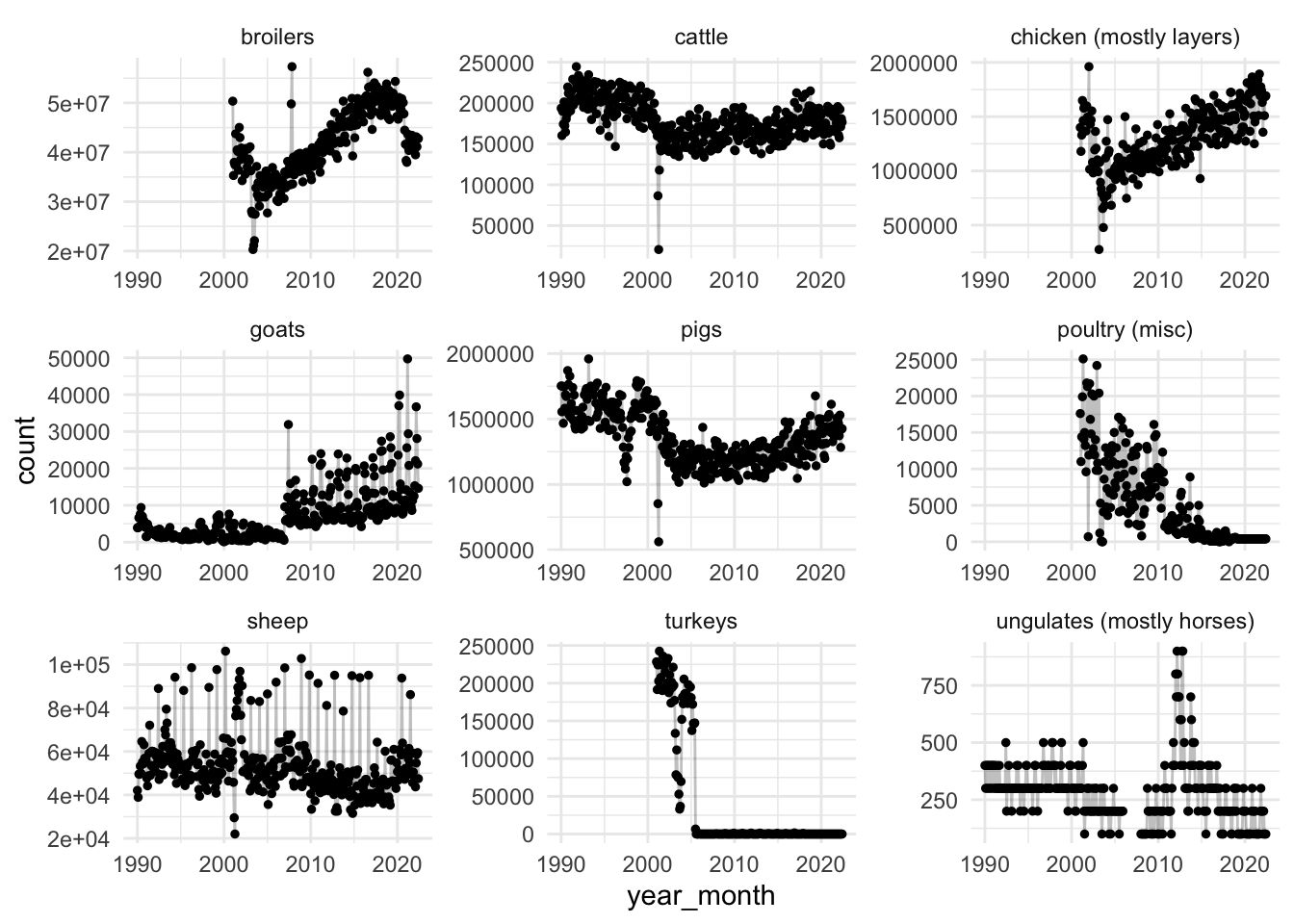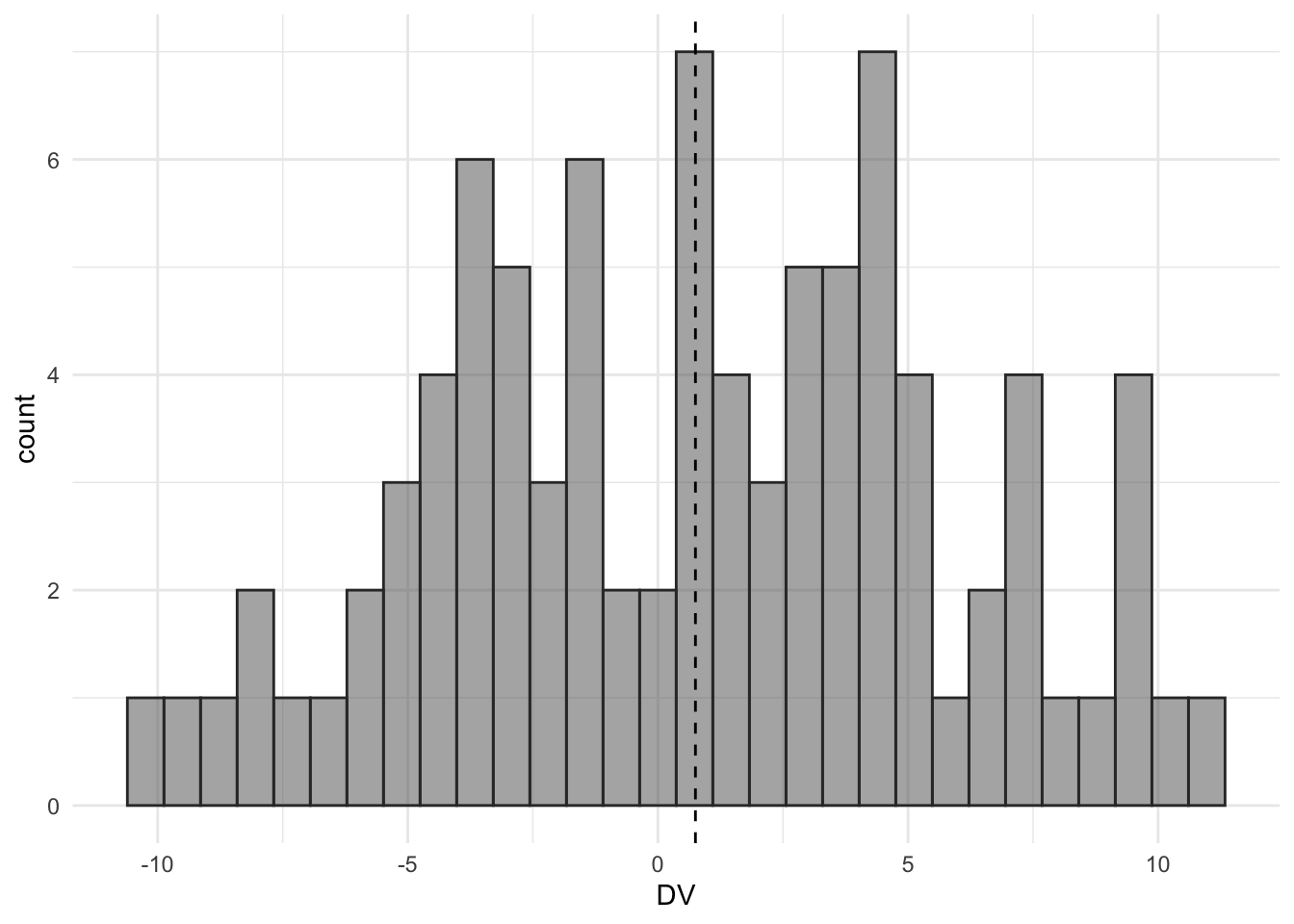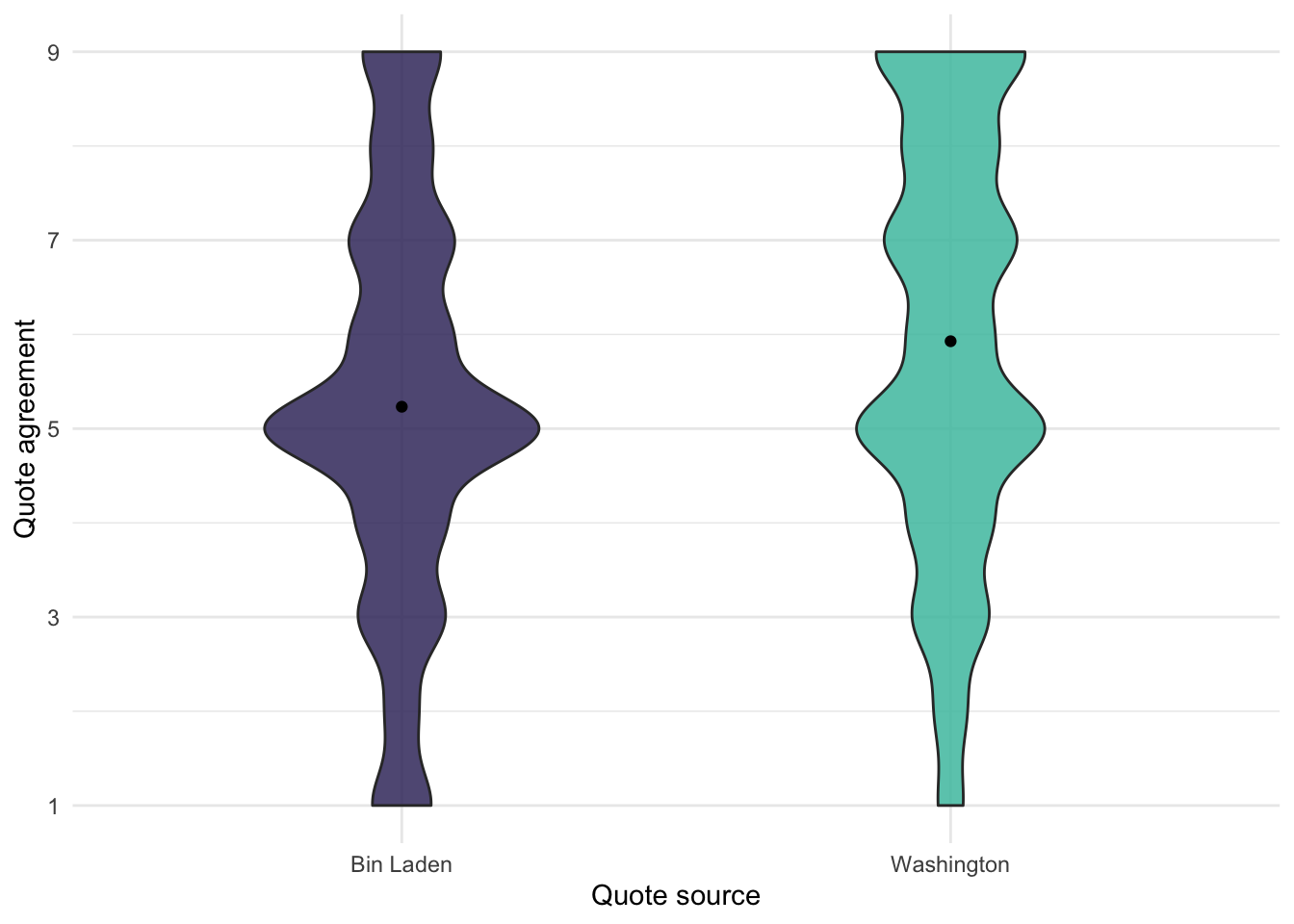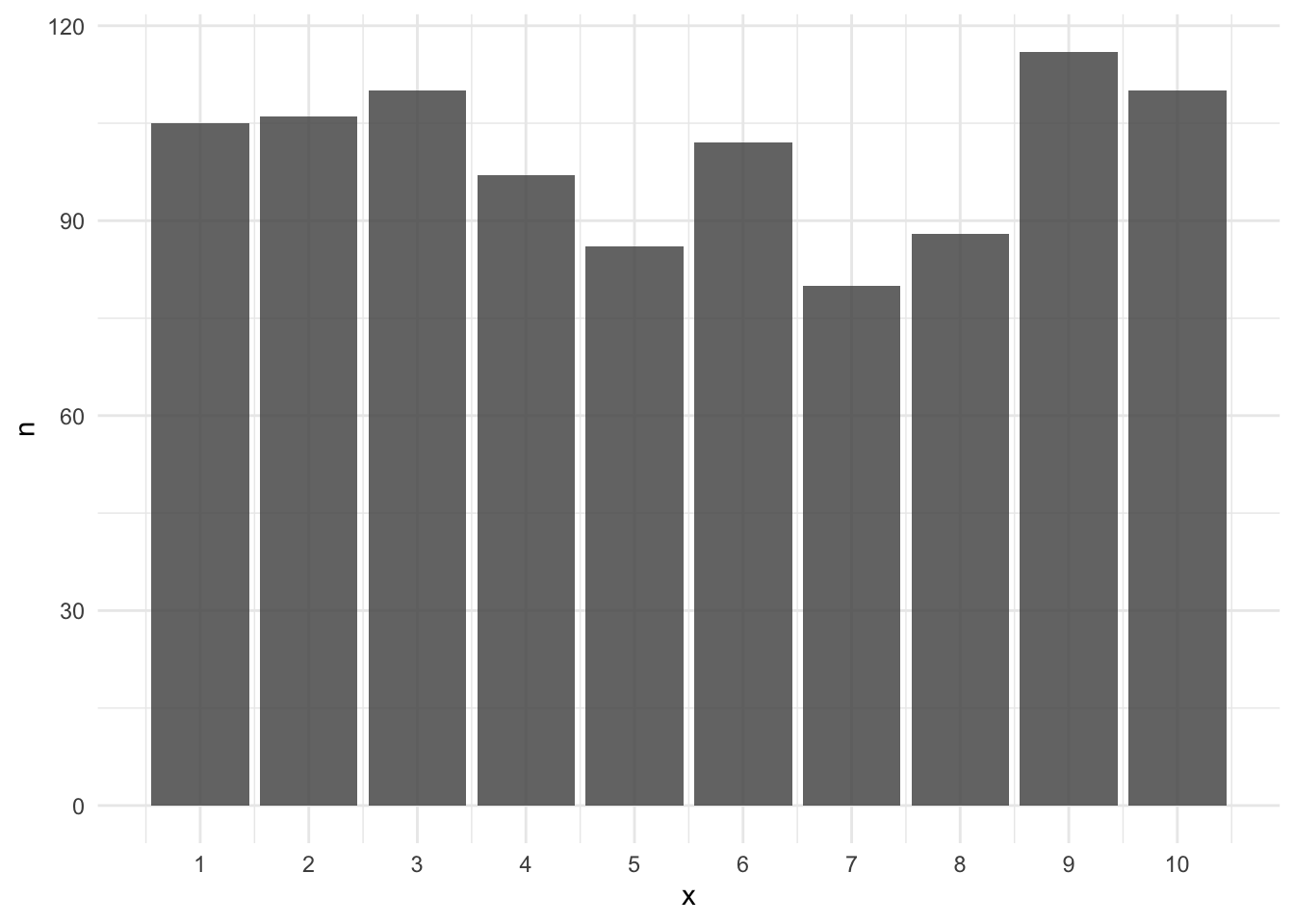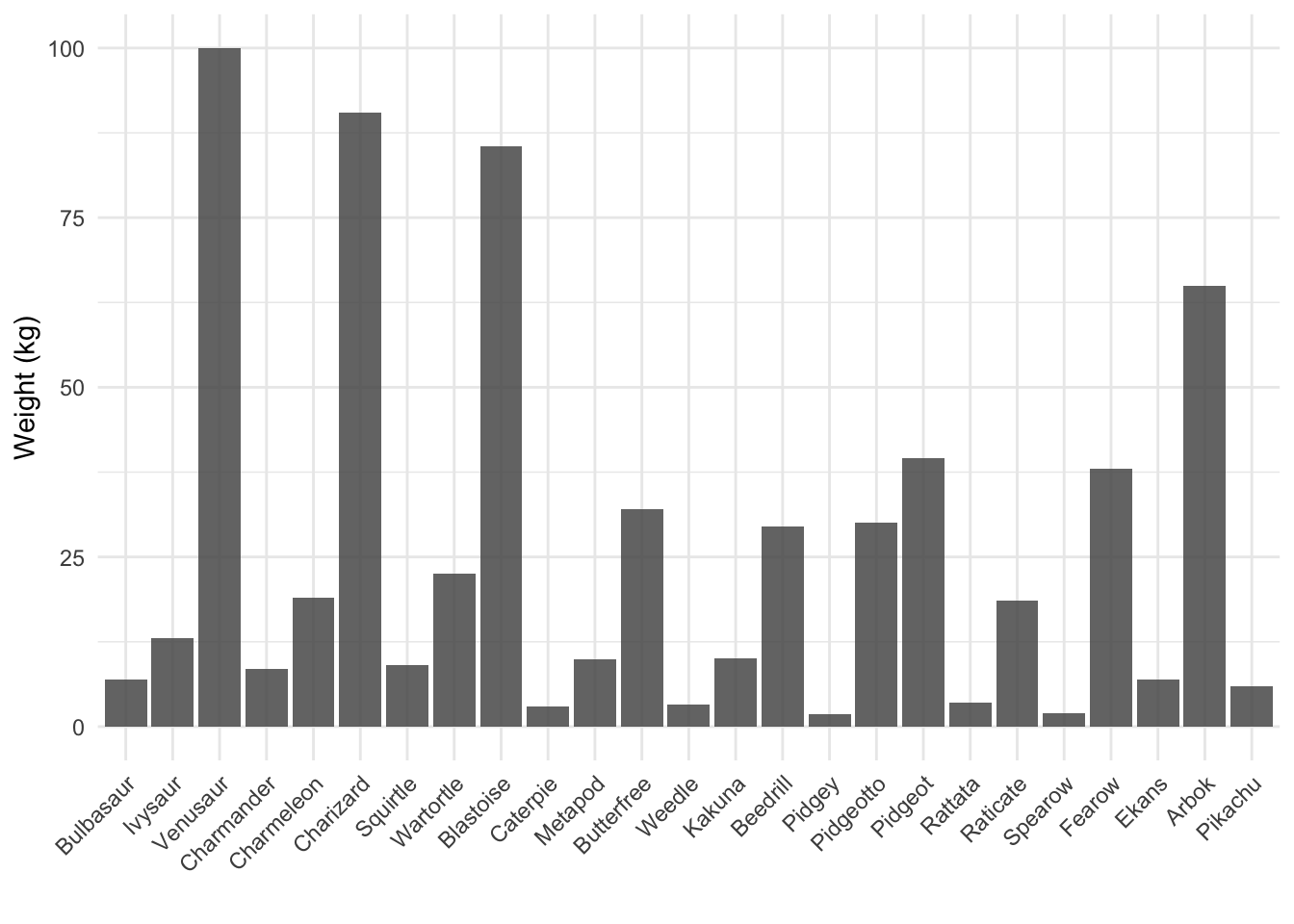Blog
Sad wild animal facts
wild animals
wild animal suffering
Bayesian tutorial: Two groups
statistics
tutorial
Bayesian statistics
regression
Bayesian tutorial: Correlation
statistics
tutorial
Bayesian statistics
regression
Bayesian tutorial: Single predictor regression
statistics
tutorial
Bayesian statistics
regression
Bayesian tutorial: Intercept-only model
statistics
tutorial
Bayesian statistics
regression
Simulation-based power analyses
statistics
power analysis
simulation
The right order of method sections
writing
statistics
power analysis
Useful power analysis papers
statistics
power analysis
Understanding regression (part 1)
statistics
tutorial
regression
No matching items
